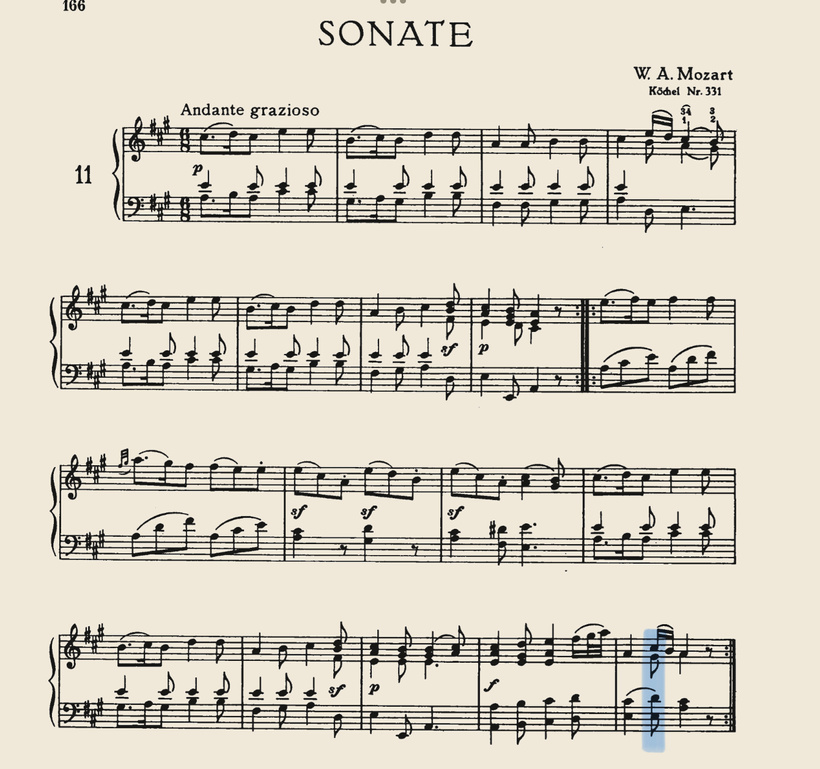The dominant 13th as a typical use for the cadence later in romantism was already to be found in Mozart, and perhaps Bach. This example of Mozart gives a context in which this chord was likely to be used:

However the example of Carl Stamitz shows the 13th dominant chord in the earliest point of the line that brings us to its frequent use later.
But note that the ninth is not there. Another interesting thing is that technically we have two dissonances, and one of them is sharp (D’+ Eb’).
The placement of this dissonance in the position of penultima (the chord that preceds the final chord of the cadence), the speed and the fact that the melody calls our attention as an element proeminent in the musical texture , and the 3-part writing (where you need to leave some notes of the chord out) makes this sound still very smooth and colorful.
Here you have in one page many key aspects of the early classical period in contrast to baroque music.
Play it!
